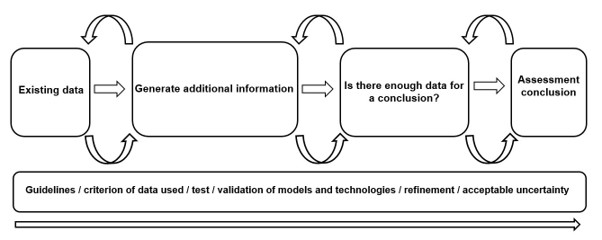Exploring Dose Response (EDR) Workshop Summary - NAMS Roadmap (2023)
In this guide
In this guideThe UK FSA and the COT held an “Exploring Dose Response” workshop (March 2020) in a multidisciplinary setting which included regulatory agencies, government bodies, academia and industry. The workshop provided a platform from which to address and enable expert discussions on the latest in silico prediction models, new approach methodologies (NAMs), physiologically based pharmacokinetics (PBPK) models, future methodologies, integrated approaches to testing and assessment (IATA) as well as methodology validation. Through case studies (including plastic particles, polymers, tropane alkaloids, selective androgen receptor modulators), the workshop outlined and explored an approach that is fit for purpose when applied to human health risk assessment in the context of future food safety assessment. Furthermore, possible future research, to establish points of departure (PODs) using non-animal alternative models and to improve the use of exposure metrics in risk assessment, was discussed.
Overall conclusions were as follows:
a) The use of pragmatic guidelines/framework for incorporating these models into risk assessment. Using case studies, such as those outlined in the workshop, towards applicability and gaining confidence in the models.
b) Human biomonitoring data will be key to identify realistic snapshots of exposure scenarios as well as big data which need to be linked to human clinical data.
c) Exposure data and exposure science will be key in developing in silico models in risk assessment and to explore the use of exposomics.
d) There should be transparency throughout the process i.e. consumer facing engagement on NAMs.
e) There should be planning, to take these new methods forward using social sciences research and technical research for integration.
Ultimately, it was collectively agreed that integration of these new technologies as part of our risk assessment methodologies, with a validation process throughout, will be key in the acceptance of the models (by regulatory bodies) and will be fundamental in the future of human and environmental safety (Figure 2).
Figure 2. Concluding workflow for integration of NAMs in regulatory risk assessment from the EDR workshop.
